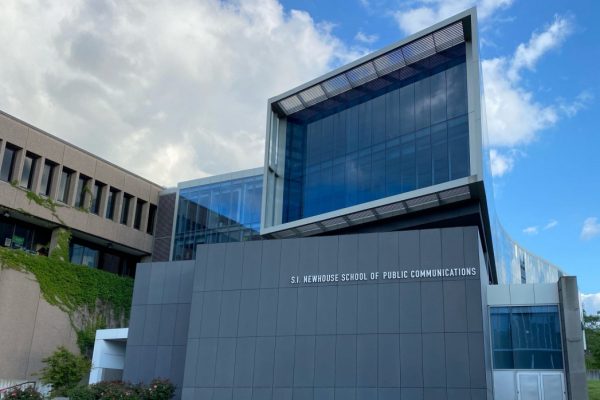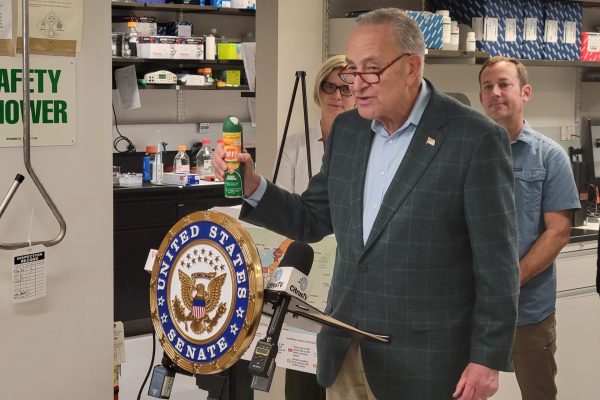SYRACUSE, NY (NCC News) — Every job field is trying to find ways to connect with those they serve. Hospitals around the world have all implemented new guidelines in order to stay safe while battling COVID-19. Upstate University Hospital on Adams Street in Syracuse has just started a way of connecting emergency personnel to patients who need their assistance.
William Paolo, interim chair of emergency medicine at Upstate University Hospital says tele-emergency medicine is needed now more than ever.
“Tele-emergency medicine is for those patients that would otherwise need to go to a local urgent care or have minor complaints or medication refills or things that they have difficulty getting into their positions for for episodic care. We thought this would be a wonderful way of being able to give some outreach to them without making them have to come into the ER,” Paolo said.
Paolo said the move to offer virtual appointments was to make patients feel comfortable with being checked out while not having to come into an emergency room and deal with the fear and anxiety of the pandemic.
“We have plenty of ways to make sure you won’t get COVID-19 in the ER, I know everyone is scared about that. We are really good at segregating and none of my ER doctors have gotten COVID-19 in the 10 weeks we have been taking care of COVID people,” Paolo said.
Paolo said having virtual appointments was something on the to-do list for the hospital but when the coronavirus came in full force they had to reassess.
“We were kind of dragging our feet and talking about building this in the future, but then everything changed the world in March. And so because of that, the kind of the pressure to do this and implement it even faster came up,” Paolo said.
Paolo explained how the doctors are feeling with this change.
“I think majority of the doctors are really enjoying it. The good thing about this is that we get to just sit down with somebody and no distractions. Nobody’s going to run into our office and say, you know, there’s a stroke patient etc., so we get to just spend time with you and that’s beneficial for the patient as well as the professional, ” said Paolo.
Paolo says advances in technology have given them the resources needed to even consider virtual appointments.
“Smartphone cameras and laptop cameras are actually really powerful now. So if you light it appropriately, I could look in the back of your throat, I can look in your eyes. I can see your skin, I can see bruises, I can see things like that. So rashes, I’m able to see them pretty well over a smartphone camera because of how far they’ve come in terms of their pixels that they’re able to produce,” said Paolo.





